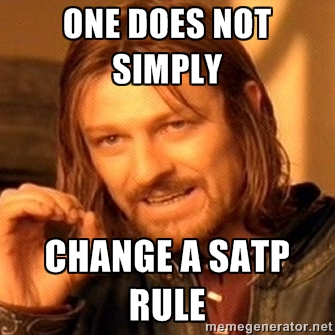Having a best practices conversation the other day with a customer and the usual topic came up about any recommendations when it comes to virtual disk type. We had the usual conversation thin or thick, the ins and outs of those two. In the end it doesn’t matter too much, especially with some recent improvements in ESXi 6.0. The further question came up, well what about between zeroedthick and eagerzeroedthick? My initial reaction was that it doesn’t matter for the most part. But we had just had a conversation about Space Reclamation (UNMAP) and I realized, actually, I did have a big preference and it was EZT. Let me explain why.
Continue reading “ZeroedThick or EagerZeroedThick? That is the question.”




